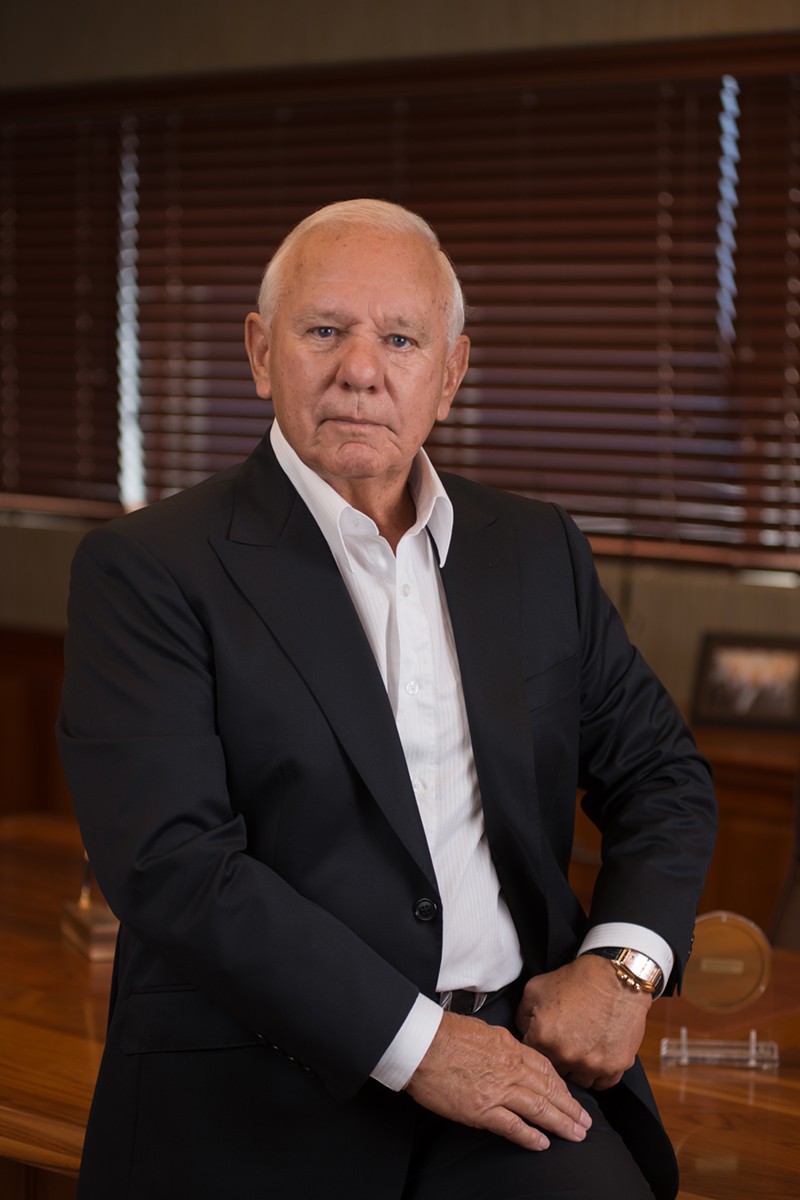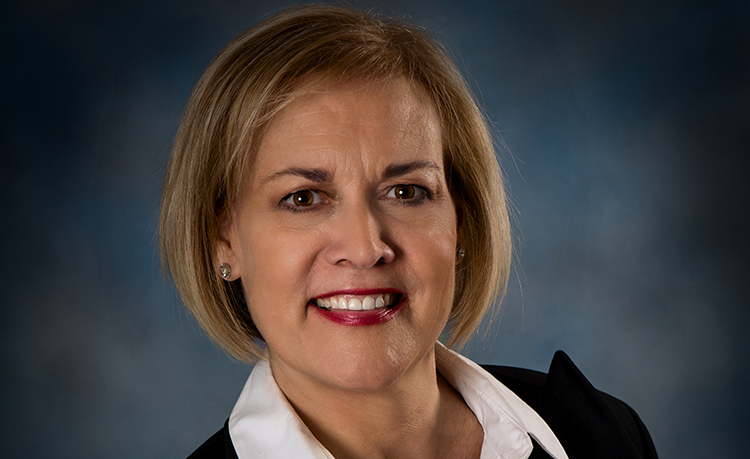By Julie Neitzel
Many of us are familiar with Fortune magazine’s annual list of the 500 largest U.S. companies, which is a mark of prestige for those who are on it.
More than 800 companies have been on it since its 1955 debut, when it focused primarily on manufacturing, mining and energy businesses. In 1995, it expanded to include service companies, such as retailers and technology businesses, allowing Walmart and Microsoft to join the ranks.
In 1955, General Motors was No. 1 with $9.8 billion in annual revenues, remaining on the list for 36 of the next 45 years. The 2017 ranking has Walmart at the top with nearly $500 billion in annual revenue, on the list for eight out of the last 10 years. Today, there are 43 technology companies on the list, accounting for 10.4 percent of the Fortune 500’s $12.1 trillion in total annual revenues. Combining all annual revenues, this year’s list represents 65 percent of the U.S. gross domestic product.
The Fortune 500 can be a window into how strong the economy is progressing and how it changes over time. A survey of the CEOs is part of the annual list compilation process, to gather insights from top business leaders. This year’s insights include:
• CEOs are optimistic about the future. The vast majority of CEOs (96 percent) have a better or same view on the global economic outlook over the coming year. Nearly 70 percent plan to increase hiring over the next two years while 87 percent believe that the new administration will have no effect or a positive effect over the next 12 months.
• The United States remains the region for investing. Over the next two years, 87 percent of the CEOs believe that the United States presents the best investment opportunities, while 59 percent identified Europe and China as areas of investment opportunity.
• Technology is a driving force. Seventy-one percent of the CEOs believe their company is a tech company and that crucial areas for investment include cloud computing (91 percent), mobile computing (86 percent) and artificial intelligence/machine learning (81 percent) among other crucial areas for tech investment. The biggest challenges they identified involve technology—73 percent are concerned about the rapid pace of technological change, and 61 percent worry about cybersecurity.
What does the future hold for these companies? It’s worth noting that only 65 of the companies on the 1955 list remain on it today (13 percent). There has been dramatic change during the last 20 years—fewer than half the companies on the list two decades ago made the current edition.
Firms on this year’s 500 list might consider this thought from John Chambers, executive chairman of Cisco Systems, which placed 60th: “Either we disrupt, or we get disrupted.”↵
Julie Neitzel is a partner and adviser with WE Family Offices in Miami and a board member of the Miami Finance Forum, The Miami Foundation, NACD-Florida and Heico Corporation. Contact her at julie.neitzel@wefamilyoffices or 305.825.2225.
Photo Credit: By Robert Scoble from Half Moon Bay, USA [CC BY 2.0 (https://creativecommons.org/licenses/by/2.0)], via Wikimedia Commons



![By Robert Scoble from Half Moon Bay, USA [CC BY 2.0 (https://creativecommons.org/licenses/by/2.0)], via Wikimedia Commons](https://s42034.pcdn.co/wp-content/uploads/2018/08/World_Financial_Center_from_Fast_Company_office_in_7WTC-scaled.jpg)












